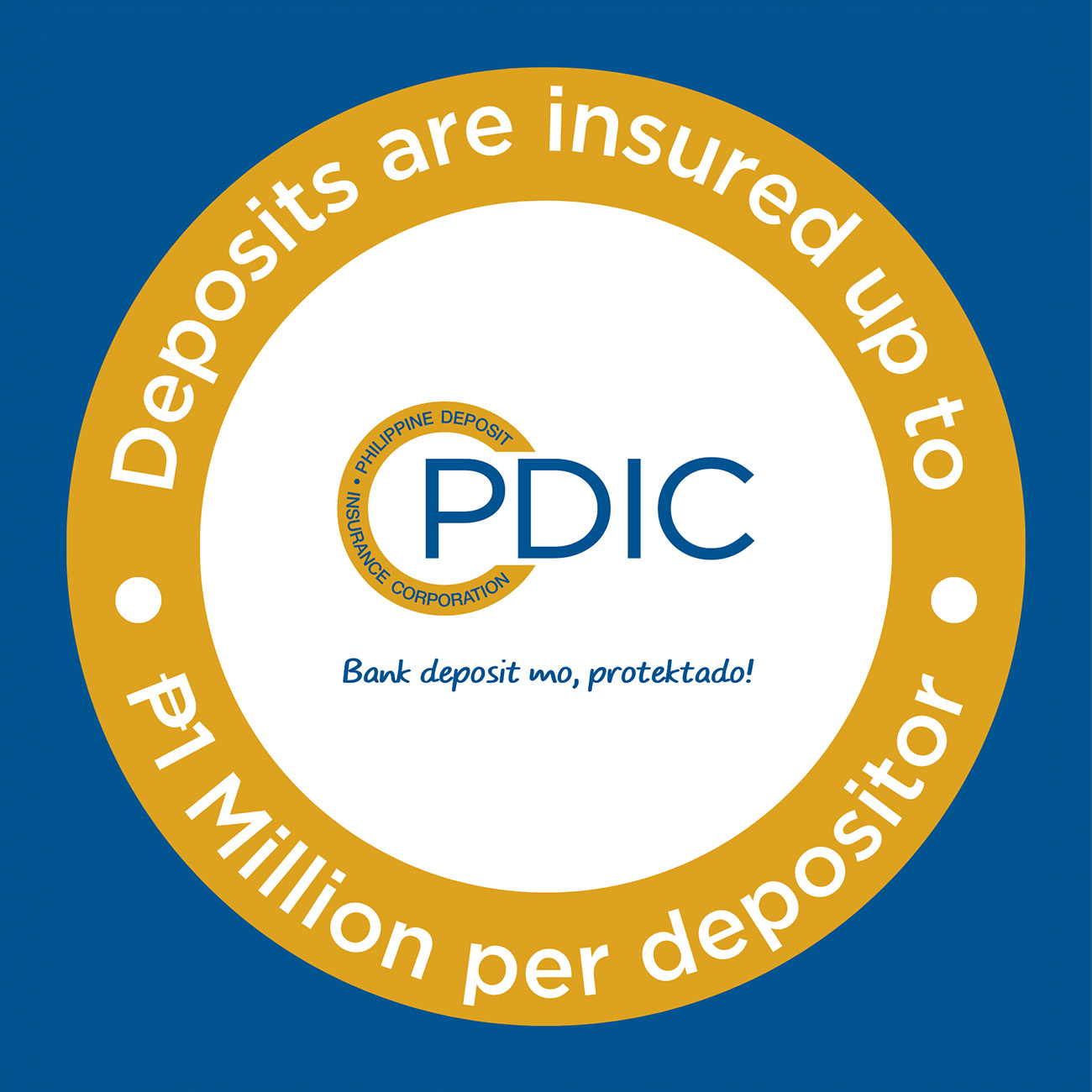The Challenge
When the Philippines – one of the countries most vulnerable to climate change (International Monetary Fund) – ratified the Paris Agreement in March 2017, it was sure to set an ambitious target: a 70% reduction of greenhouse gas emissions from business-as-usual levels by 2030.'
This target has since been updated to 75% – and coal is the single-most important piece of the climate puzzle. Yet this fossil fuel remains the top source of energy for the Philippines, with the nation’s coal reliance surging from 39% in 2012 to 64% in 2023 (National Grid Corporation of the Philippines).
“The price of energy in the Philippines is among the highest in the world, and supply is not very stable, so it's hard for businesses to be reliant on the grid alone,” says Jo Ann Eala, Vice President and Head of the Bank of the Philippine Islands (BPI)’s Sustainability Office.
While the Philippines is trying to increase its energy production facilities from renewables like solar and hydro plants, these technologies cannot provide sufficient, stable and dependable energy. “With the economy growing by 5 to 7% every year, the country has long been importing coal to meet more than half of its energy needs, despite price volatilities. As a result, we are among the most expensive electricity in ASEAN and in the world. Energy supply for the Philippines is a huge challenge, especially as we phase out coal.”
The Impact
As part of its longstanding commitment to nation-building – for which increasing the country’s renewable energy capacity is crucial, BPI became the first private Philippine bank to undertake sustainable energy financing in partnership with International Finance Corporation.
In 2022, it made history again as the lead arranger for the world’s first Energy Transition Mechanism (ETM) transaction, a Php 17.4 Bn deal that will enable the early retirement and full divestment of the 246-megawatt South Luzon Thermal Energy Corporation (SLTEC) coal plant, as well as its transition to renewable energy through a Php 7.2 Bn reinvestment in renewable technologies and reskilling.
“For something to be truly sustainable, it cannot just be green – it also has to be gold. To ensure the project remains bankable, economic interest has to be there, and the cost of financing has to make sense on both the debt and equity sides,” notes Rein Llige, Director and Head of Debt Products at BPI Capital Corporation.
“It’s also about finding the right asset. If the plant is too old, how many years of operations and carbon emissions are you really foregoing? In Asia, in general, a huge number of coal plants were built decades ago and are already aging. What’s unique about SLTEC is that it first came into operation in 2016, so you can just imagine how young this facility is,” adds Llige.
The Takeaway
Committing to the early retirement, decommissioning and repurposing of SLTEC by no later than 2040 means cutting at least 15 years from the plant’s technical lifespan, and translates to a reduction of up to 50 million metric tons of carbon emissions. In addition to building long-term renewable energy capacity, BPI is further focused on reducing demand-side inefficiencies nation-wide.
As Eala explains, “We are going all out in looking for greener sources of energy, and we are simultaneously tying this with bringing down energy demand and energy use. We need to educate both businesses and households, who account for a significant portion of energy consumed. At the same time, we need to support businesses in improving the energy efficiency of their operations, and help them shift to more efficient equipment and technologies.”
The same spirit of resilience and adaptability underpins BPI’s leadership in sustainable finance. “We’re killing coal, so what’s the replacement? We really need the likes of the ETM, which shortens the life of coal plants and shifts it to renewables, to flourish,” notes Eala.
“We’re very open to looking for sophisticated hybrid transactions to finance sustainability-focused initiatives that drive our clients’ business strategies as well as BPI’s sustainability agenda,” adds Llige. “I think everyone has to be agile to take advantage of the opportunities, in order to achieve the Philippines’ sustainability targets and ensure the whole formula comes together in terms of profit and purpose.”
Produced in partnership with Bloomberg Media Studio


